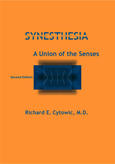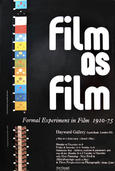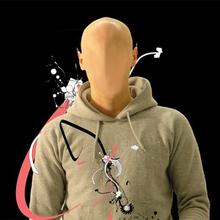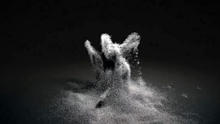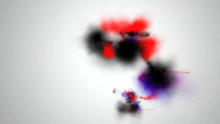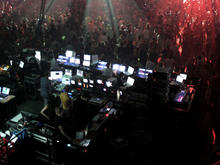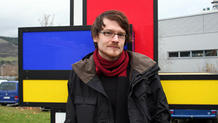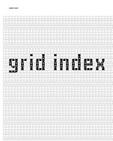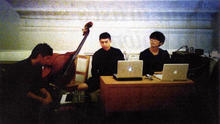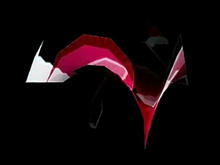One Minute Soundsculpture
(2009)by Daniel Franke (We Are Chopchop). Music: One Minute by Ryoji Ikeda.
If you ever wondered what it’s like to be a synaesthete, this video might provide a vicarious experience. Daniel Franke’s One Minute Soundsculpture is exactly that (actually, a minute and six seconds): a video scored by Ryoji Ikeda and filled with visual shenanigans that correspond to the soundtrack. We don’t know how he did it, but it’s mesmerizing.
Source: We Love You So
